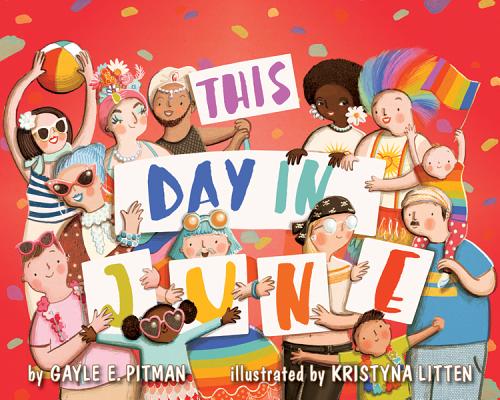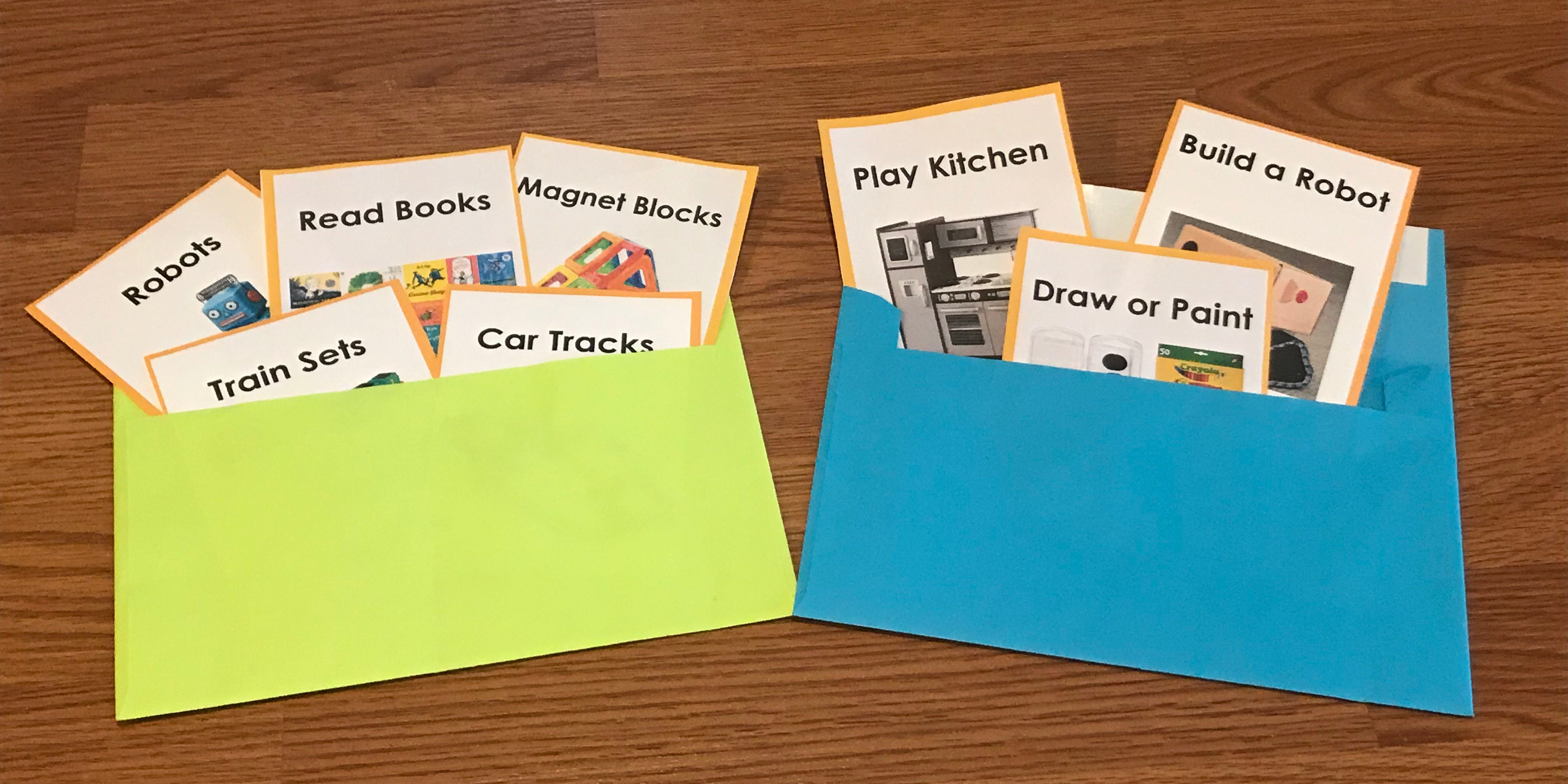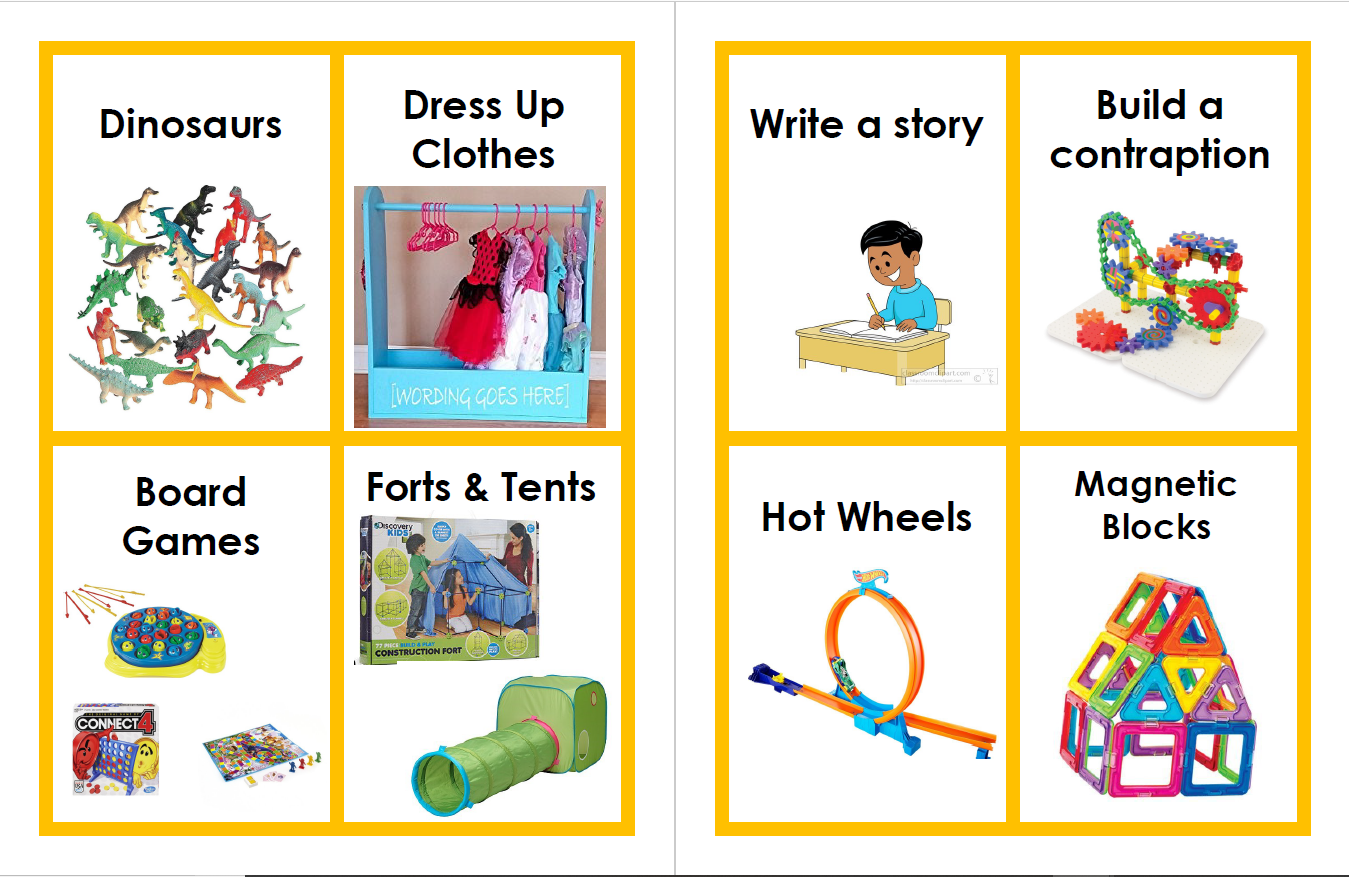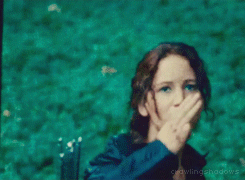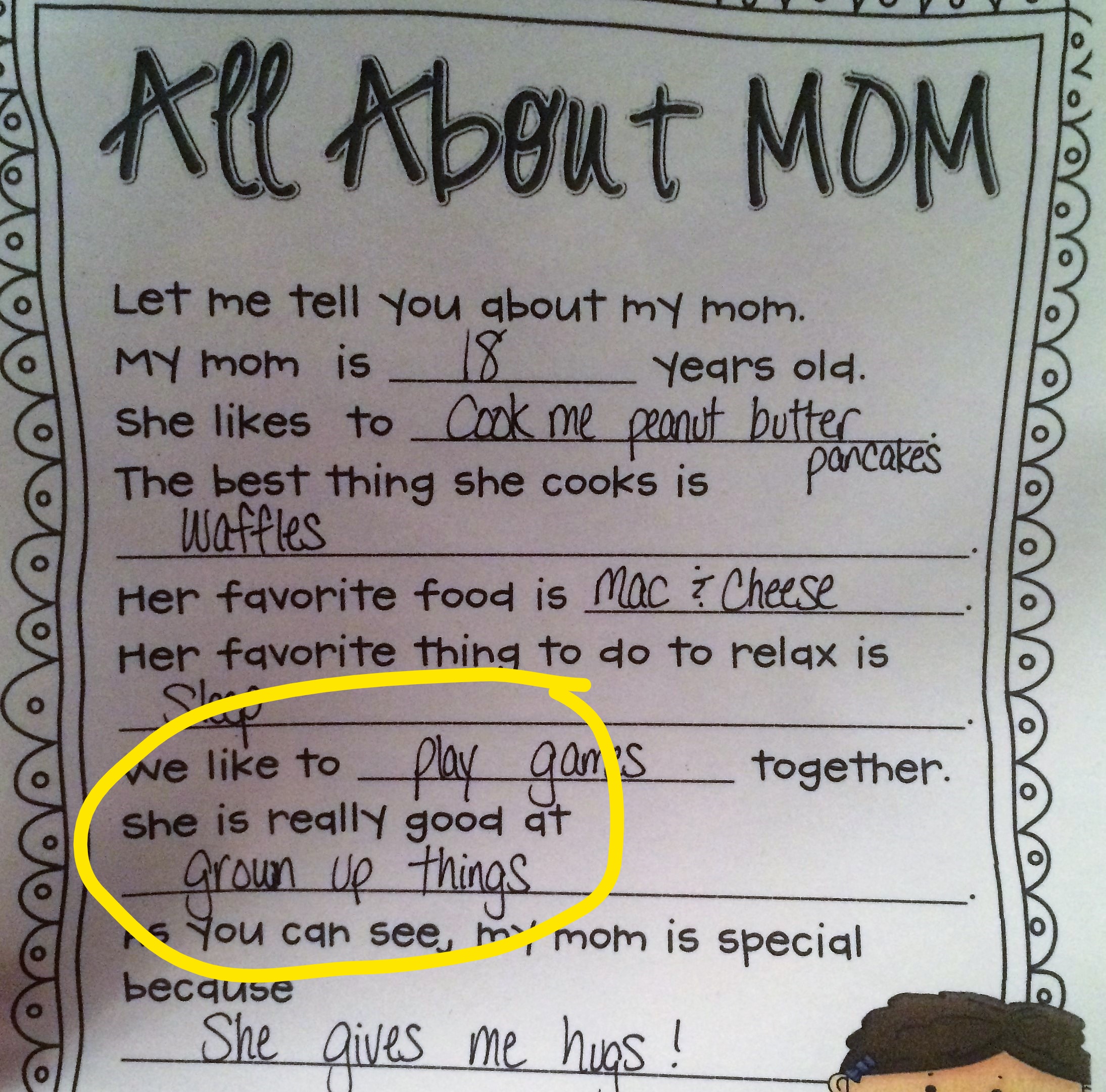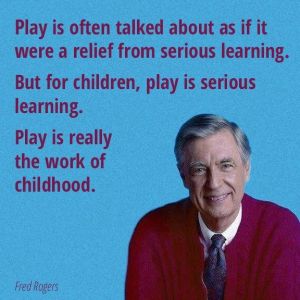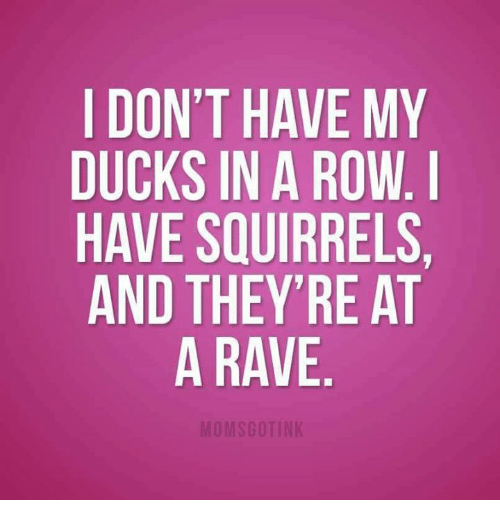
Did the first day of Advent sneak up on anyone else? Anytime Advent begins just a few days after Thanksgiving I always feel a little behind the ball!
Thankfully there are lots of wonderful authors and creators who *have* been preparing for Advent, and so there are many reflective essays, devotionals, activities, and discussions questions ready for you to download and begin today.
PLEASE NOTE: I did NOT scour the entire Internet for available Advent devotionals, nor did I read through and endorse every word of all of the resources listed. This is simply a compilation of the resources that have come across my radar in the past few weeks either through email or social media from authors and creators that I follow. Not every resource will be relevant or appealing to every person, some of it may not be a good match for your theology (not all of the resources below completely align with mine, TBH), and that’s okay. But if you are looking for an Advent resource, hopefully you will find something that you like. Also, feel free to add your favorites in the comments below!
FOR ADULTS
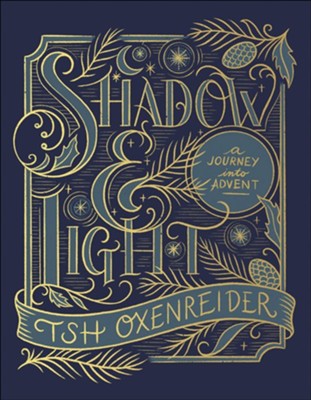
Shadow and Light by Tsh Oxenreider
“Drawing from liturgical tradition, Tsh provides fresh insights for new and longtime believers alike. Each day includes Scripture, a reflection, a question, and a simple activity to engage the senses, such as lighting candles, listening to music, and viewing artwork both old and new.”
https://bookshop.org/books/shadow-and-light-a-journey-into-advent/9780736980609

Waiting, Accepting, Journeying, Birthing by Sarah Bessey
In Sarah’s own words: “Guided by the Carmelite themes of Waiting, Accepting, Journeying, and Birthing, this devotional offers readers new prayers, scripture, original essays by yours truly, and reflection questions for each Sunday of Advent as we journey towards Christmas….This isn’t a typical devotional designed to make you feel more calm in five minutes or less. Some of these essays grapple with big themes and ask you to lean into difficult conversations. I’m sorry and you’re welcome. Listen, if you can’t talk about patriarchy and white supremacy and liberation at Christmas, when can you? I ask you.”
https://www.sarahbessey.com/shop

Prophesy Hope! An Advent Reflection of Hope, Peace, Love and Freedom by Dante Stewart
“In this season of Advent, in the midst of chaos and confusion, the reader is invited on a journey inside the black American tradition. This tradition offers a rich legacy of faith that—like the crucifixion itself—exists at the intersection of chaos and pain and love. America needs this tradition. Not because it feels good or sounds good, but because they are still here, and they refuse to be silenced. In Prophesy Hope! Stewart leads readers on a 25-day journey through this tradition as they reflect deeply on God’s love and the meaning of Advent. These powerful devotionals invite us to see beyond despair into the hope of a new day. These caged birds are still singing; giving voice to love, peace, and freedom; and still prophesying hope.” https://www.dantecstewart.com/advent-devotional

The Season of Almost by Kate Bowler
Nobody articulates the beauty and pain that is being human better than Kate Bowler, and so that makes her an excellent guide on a journey through the longing and waiting of the Advent season. From the author: “My hope and prayer is that this Advent devotional will be a way for you to make the very act of waiting, holy. And as we anticipate Christ’s birth together, may we experience the stubborn hope of Christmas, joy in the midst of sorrow, a love that knows no bounds, and a transcendent peace amid a world on fire.” https://katebowler.com/advent/

Preparing a Way: Advent Through the Gospels by John Ruehl
“This 4-day (once-a-week) devotional reflects on passages from each of the 4 gospels in preparation for Christmas.” This free devotional can be accessed through Our Bible App, which is a progressive, inclusive faith community. The iOS version of the app needs an update to work properly, which they’ve said should be coming this week, so in the meantime you can read Week 1 at the link below.
https://www.ourbibleapp.com/new-blog/john-ruehl
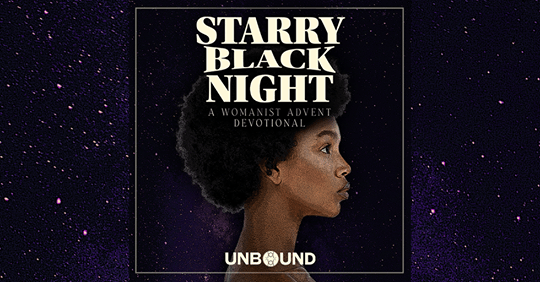
Starry Black Night: A Womanist Advent Devotional
This is an online Advent devotional by Unbound, an interactive journal on Christian social justice that includes Sunday and midweek reflections. It is written entirely by Black women. https://justiceunbound.org/starryblacknight/

There Will Be Signs: An Advent Astrology Devotional by Chaplain Sarah Knoll and Reverend Lindsey Turner
I love the idea of doing the very same thing the people in the Biblical story were doing as they waited and watched for signs of the Messiah—looking to the sky.
“A 28-day devotional with four at-home candle liturgies for each Sunday in Advent, There Will Be Signs pulls from the Bible, extra-canonical texts, Saint Days, and the sun, moon, and planetary cycles of late November into December. Each day includes a scriptural reference, an astrological transit, a poignant reflection, and a journal prompt. We have also created a Spotify playlist to accompany each day of Advent!”
https://badpastor.me/store/p/there-will-be-signs-an-advent-astrology-devotional-digital-download

Anticipating the Birth of Jesus: An Advent Devotional on Immigration by Rondell Trevino
“Immigration is often a forgotten theme during the Christmas season. However, shortly after the anticipation of Jesus’ miraculous birth, His family flees for safety as Migrants to another land. Therefore, Jesus’ birth and the theme of Immigration are more closely related than we might think during the Christmas season. In ‘Anticipating The Birth of Jesus: An Advent Devotional on Immigration’, we explore this and what the Bible says about immigration in a 25-day devotional from December 1st through December 25th.” You can read this resource on Kindle Unlimited (click the photo) or purchase a copy directly from the Immigration Coalition through the link below: https://theimmigrationcoalition.com/adventbook/
FOR FAMILIES
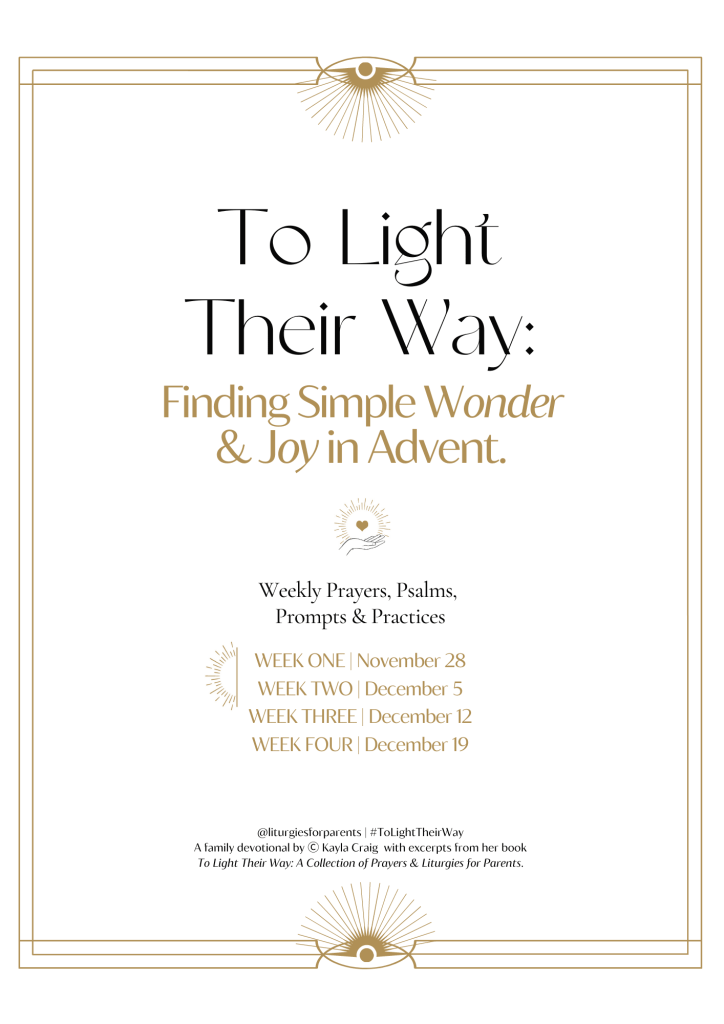
To Light Their Way: Finding Simple Wonder & Joy in Advent by Kayla Craig
A free Advent guide that Kayla made to complement her beautiful new book, To Light Their Way. In Kayla’s words: “I pray that “To Light Their Way: Finding Simple Wonder & Joy in Advent” guides you to the glittering hope in Christ alone. Each week includes snippets of more comprehensive prayers from To Light Their Way, along with a simple conversation/journal prompt, one tangible practice, & a breath prayer from a Psalm. Each week fits on one page and should hopefully add peace to your season — not add stress to your to-do list!”https://kaylacraig.substack.com/p/your-free-advent-download-is-ready?utm_medium=email&utm_campaign=cta

An Illustrated Advent for Families: God With Us by Illustrated Ministry
Illustrated Ministry is one of my favorite inclusive resources to use with children.
This digital download includes family devotions, coloring pages, and an advent calendar. (Choose the “personal use” pricing option if you are using this with your family.)
“The stories of Advent are stories for hard times. Jesus was born amid upheaval and historical change and among people who seemed powerless. But when the world feels hopeless, Advent reminds us God is with us: In chaos, God is with us. In suffering, God is with us. In uncertainty, God is with us. In whatever our family endures, God is with us.” https://store.illustratedministry.com/products/an-illustrated-advent-for-families-god-with-us?variant=39431416905826
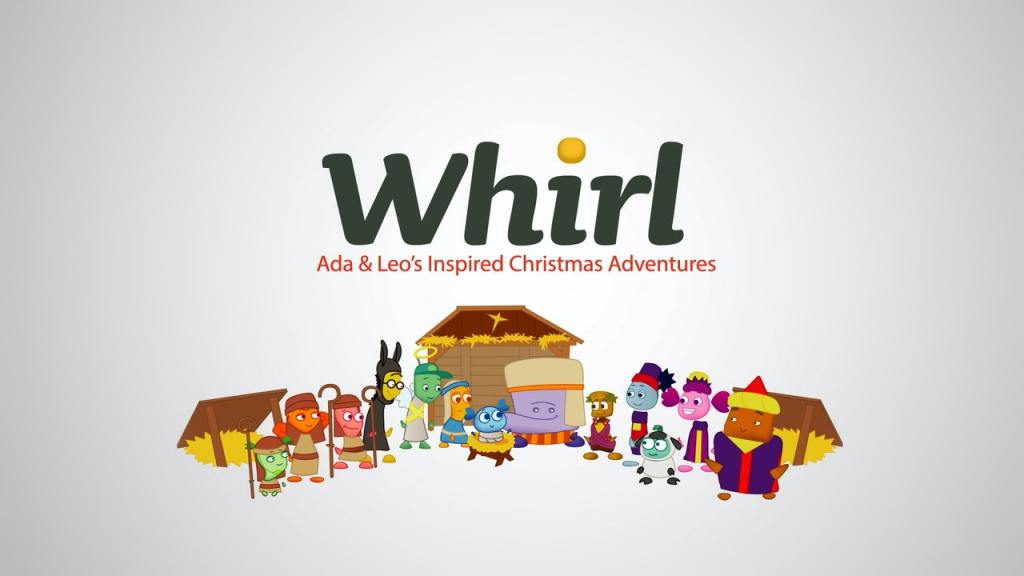
Ministry
If your children are like mine and balk at sitting down with a traditional written devotional, these videos might be a good alternative. They are cute and funny and ask thoughtful questions about the meaning and practices of Advent and Christmas. You can stream them online with a free account from Redeem TV. (They also have a Roku app.) https://watch.redeemtv.com/whirl-ada-and-leo-s-inspired-christmas-adventures

Jesus Storybook Bible Advent Kit
If you have a Jesus Storybook Bible at home this family Advent resource is made just for you! This free download includes 24 printable Christmas ornaments, a reading plan for each day of December, a Christmas soundtrack, coloring pages, and printable memory cards. https://www.sallylloyd-jones.com/2021-advent/

Little Way Chapel Advent Bundle
“Little Way Advent is a 68-page guide for your family’s Advent journey. It is both a calendar and guidebook, featuring one practice per day to prepare your heart and home for the birth of Christ. The calendar is formatted as strips of paper that can be cut out and either placed inside the doors or pockets of a traditional Advent calendar, or made into a count down paper chain.”
https://www.littlewaychapel.com/printables/littleway-holiday-bundle

Faithful Families for Advent and Christmas by Traci Smith
“100 easy, fun, and meaningful ideas for bringing the sacred back into the season. (It’s) divided into three sections of prayers, practices, and lessons.” You can download it on Kindle through the link below or see if your library has a copy through Overdrive (Libby) or Hoopla.
https://smile.amazon.com/gp/aw/d/B08DG8PQW9/ref=tmm_kin_swatch_0?ie=UTF8&qid=1638107309&sr=8-3
Are you going to use any of these Advent resources this season? What are your favorite Advent devotionals to use for yourself or with your family?









